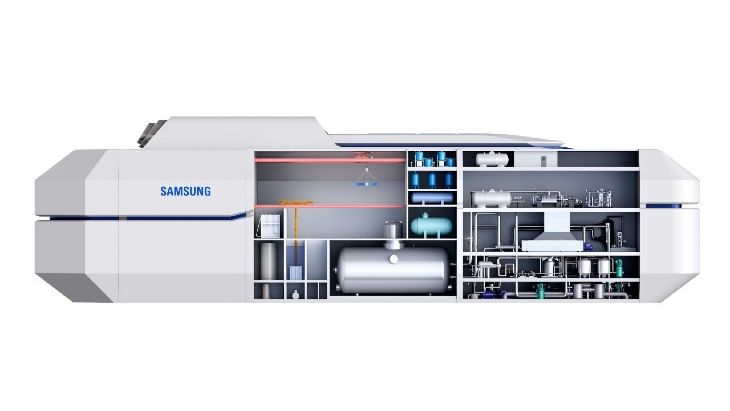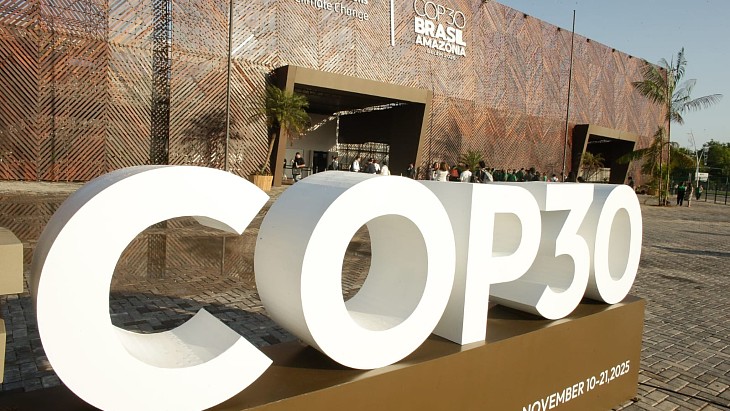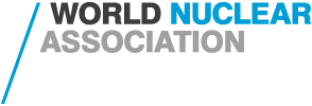The Hungarian Atomic Energy Authority (HAEA) has said that the planned extension of the operating life of the four-unit Paks nuclear power plant is viable, whilst licensing the plant's second unit to operate at a higher power output. The four units started up between 1982 and 1987, with designed lifetimes of 30 years each. The plant submitted its preliminary plan to extend their operation in November 2008. The regulator said that it had not found any shortfall in the plan which would exclude the lifetime extension. However, the HAEA outlined several hundred additional minor measures that should be taken to enable the extension or to increase the plant's efficiency. It said that it would consider the extension of each of the four reactors individually, rather than the plant as a whole. The HAEA said that as the designed lifetime of the first unit was due to be reached at the end of 2012, the plant must submit its final plan to extend operation of the reactor by the end of 2011. In 2000, a feasibility study into extending Paks lifetime by 20 years concluded that there was no technical objection or safety limit that would prevent the units operating for 50 years. The four Russian-designed VVER reactors at Paks, which provides about 40% of Hungary's electricity, each had an initial capacity of 440 MWe. However, modification to Units 1 and 4 have increased their capacities to 500 MWe. Similar modifications are being made to Units 2 and 3. The HAEA issued a licence for the operation of Paks unit 2 with an uprated power output of 500 MWe on 23 June. The necessary technological modifications for uprating unit 2 were completed in January 2009, since when the unit has been operated with uprated power in trial mode. The licence is valid until 31 December 2014, the end of the design lifetime of unit 2.
OK for Paks extension and uprate
The Hungarian Atomic Energy Authority (HAEA) has said that the planned extension of the operating life of the four-unit Paks nuclear power plant is viable, whilst licensing the plant's second unit to operate at a higher power output. The four units started up between 1982 and 1987, with designed lifetimes of 30 years each. The plant submitted its preliminary plan to extend their operation in November 2008. The regulator said that it had not found any shortfall in the plan which would exclude the lifetime extension. However, the HAEA outlined several hundred additional minor measures that should be taken to enable the extension or to increase the plant's efficiency. It said that it would consider the extension of each of the four reactors individually, rather than the plant as a whole. The HAEA said that as the designed lifetime of the first unit was due to be reached at the end of 2012, the plant must submit its final plan to extend operation of the reactor by the end of 2011. In 2000, a feasibility study into extending Paks lifetime by 20 years concluded that there was no technical objection or safety limit that would prevent the units operating for 50 years. The four Russian-designed VVER reactors at Paks, which provides about 40% of Hungary's electricity, each had an initial capacity of 440 MWe. However, modification to Units 1 and 4 have increased their capacities to 500 MWe. Similar modifications are being made to Units 2 and 3. The HAEA issued a licence for the operation of Paks unit 2 with an uprated power output of 500 MWe on 23 June. The necessary technological modifications for uprating unit 2 were completed in January 2009, since when the unit has been operated with uprated power in trial mode. The licence is valid until 31 December 2014, the end of the design lifetime of unit 2.




_23621.jpg)

_63865.jpg)
_18570.jpg)





